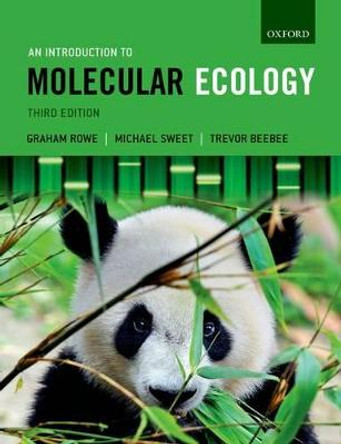Birds are renowned for their exceptional vision and the way that this enables them to survive and navigate the world in such a unique way. However, it is now recognised that avian behaviour is guided by information drawn from many different senses which are then used in integrated and complementary ways to answer the many different sensory challenges posed by specific environments and particular tasks. Understanding how sensory information is used by birds has important applications in conservation, such as providing vital insights into why birds are prone to collisions with structures like power lines and wind turbines, and why so many diving birds become entrapped in nets. A sensory ecology approach suggests how these problems can be mitigated. The Sensory Ecology of Birds ranges widely across species, environments, and behaviours to present a synthesis that challenges previous assumptions about the information that controls the behaviour of birds. A bird may use a wide range and combination of sensory information that comes from sight, hearing, smell, mechanoreception, taste, and magnetoreception. It may also include specific refinements of senses, such as echolocation and remote touch from the bill. The book recognises that there are many complex and subtle trade-offs and complementarities of information between different types of sensory information. This accessible text will be of interest to a wide ornithological readership, from undergraduates to researchers as well as a broader audience of behavioural ecologists and evolutionary biologists.
About the AuthorGraham R. Martin spent most of his career at the University of Birmingham, ending with a personal chair in Avian Sensory Science, in the School of Biosciences. The focus of his teaching was sensory science and animal behaviour, and he founded and led the only MSc programme in Ornithology in Europe. Over his career he has published papers on the senses of more than 60 species and carried out research in many locations (Antarctica, New Zealand, Africa, South America, Europe). He officially retired in 2011 but remains academically active and continues to publish on the vision of birds, most recently Hawks, Kites and Puffins.
ReviewsThe Sensory Ecology of Birds is a timely, integrative, and valuable book that should be on the reading list of anyone with an interest in either birds or sensory ecology broadly. * Martin Stevens, The Quarterly Review of Biology *
Everyone should read this book, they will almost certainly regard birds with a new sense of wonder and respect, with better insights into what the world is really like for them. * Rob Robinson, British Trust for Ornithology (BTO) *
Book InformationISBN 9780199694532
Author Graham R. MartinFormat Hardback
Page Count 314
Imprint Oxford University PressPublisher Oxford University Press
Weight(grams) 662g
Dimensions(mm) 240mm * 161mm * 22mm






